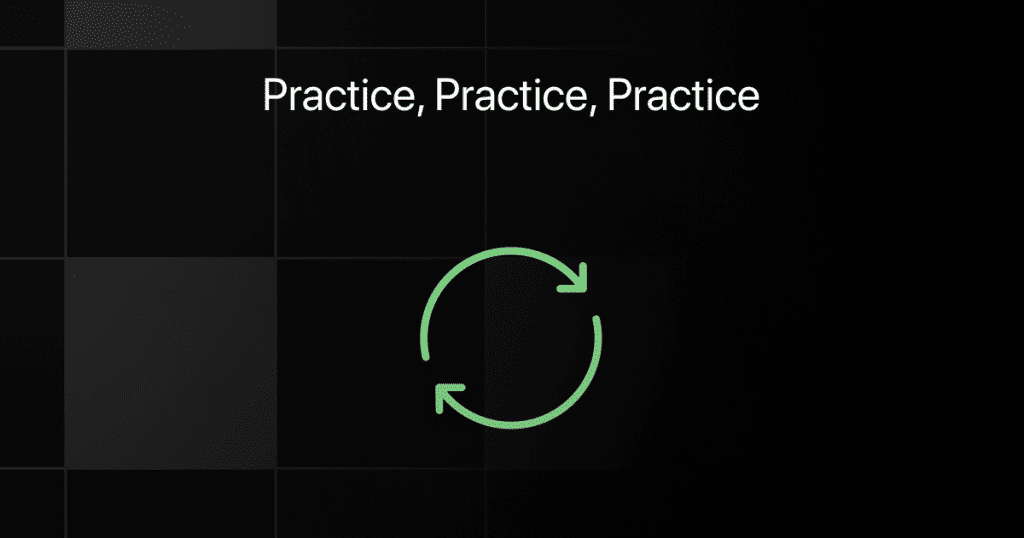How to Solve Quantitative Aptitude Problems

Are you someone who gets nervous when faced with Quantitative Aptitude problems? If yes, then you’re not alone! Many people find Quantitative Aptitude problems to be challenging and often avoid them altogether.
However, the good news is that with the right approach and a little bit of practice, anyone can master Quantitative Aptitude problems.
Today, we’ll explore various tips and techniques that will help you understand how to solve Quantitative Aptitude problems with ease.
How to Solve Quantitative Aptitude Problems
The following are the way steps to solve Quantitative Aptitude problems:
1. Understand the Problem

The first and most crucial step in solving any Quantitative Aptitude problem is to understand the problem statement. Many students make the mistake of rushing into the problem without taking the time to understand what is being asked. This often leads to confusion and mistakes. To avoid this, it is essential to read the problem statement carefully and identify the key information that is being conveyed.
One useful technique for understanding Quantitative Aptitude problems is to rephrase the problem statement in your own words. This will help you to break down the problem into more manageable parts and identify any potential pitfalls. Once you have a clear understanding of what is being asked, you can begin to think about the mathematical concepts that apply to the problem.
It’s also essential to pay attention to any specific instructions or constraints mentioned in the problem statement. For example, the problem may state that the answer must be expressed in a certain unit of measurement or that the answer must be rounded to a certain number of decimal places. Ignoring these instructions can lead to incorrect answers and lost marks.
2. Identify the Relevant Concepts

Identifying the relevant mathematical concepts is a crucial step in solving Quantitative Aptitude problems. These concepts can include algebra, geometry, trigonometry, probability, and more. Once you have understood the problem statement, it’s essential to identify which concepts are relevant to the problem. This will help you choose the appropriate formulas, equations, and techniques needed to solve the problem.
For example, if the problem involves finding the area of a circle, you need to know the formula for calculating the area of a circle (A=πr²). Similarly, if the problem involves calculating the probability of an event, you need to know the relevant formula for probability (P(event) = number of favorable outcomes / total number of outcomes).
3. Break Down the Problem

Breaking down the problem is an essential step in solving Quantitative Aptitude problems. It involves taking a complex problem and breaking it down into smaller, more manageable parts. This approach not only makes the problem easier to solve, but it also helps you identify any potential pitfalls or errors in your calculations.
To break down a problem, start by identifying the different components of the problem statement. For example, if the problem involves finding the area of a triangle, break down the problem into finding the base, height, and then using the formula for the area of a triangle.
Next, simplify each component by using the appropriate formulas and equations. This will make the problem more manageable and less daunting.
Once you have broken down the problem into smaller parts, you can then begin to solve each component. As you solve each component, double-check your calculations and ensure that you are using the correct formulas and equations.
Finally, bring all the smaller parts back together to arrive at the final solution.
4. Solve the Problem

Once you have broken down the problem into smaller parts and identified the relevant mathematical concepts, it’s time to solve the problem. Use the appropriate formulas and equations to arrive at the solution.
When using formulas and equations, it’s important to pay attention to the units of measurement. Make sure that all the units are consistent and convert them if necessary. Also, be careful when working with fractions and decimals, as small errors can have a significant impact on the final result.
It’s also a good idea to estimate the answer before actually solving the problem. This will help you to check whether your final answer is reasonable. If the answer you get is significantly different from your estimate, it’s worth going back and double-checking your calculations.
5. Check your Answer

Once you have arrived at the solution for a Quantitative Aptitude problem, it’s essential to check your answer to ensure that it is correct. Checking your answer is a crucial step that helps you avoid making careless mistakes, which can lead to incorrect results.
One of the simplest ways to check your answer is to plug the solution back into the problem and verify whether it satisfies all the conditions mentioned in the problem statement. For example, if the problem involves finding the value of x, you can substitute the value of x in the equation and check if the equation balances out.
Always make sure to check your answer before submitting your final solution.
Trips & Tricks for Solving Quantitative Aptitude Problems
The following are the tips and tricks for solving Quantitative Aptitude problems:
1. Practice, Practice and Practice

One of the most effective ways to improve your Quantitative Aptitude skills is by practicing regularly. Set aside time each day to solve Quantitative Aptitude problems, and gradually increase the difficulty level as you get better.
2. Learn the basics

Before attempting complex Quantitative Aptitude problems, make sure you have a strong grasp of the fundamentals. Master basic arithmetic operations like addition, subtraction, multiplication, and division, and learn formulas and rules for solving various mathematical problems.
3. Use Shortcuts

Look for shortcuts and tricks to solve problems quickly. For example, using mental math techniques, such as rounding off numbers or simplifying fractions, can help you save time and arrive at the solution faster.
4. Keep Track of Time

Time management is essential when solving Quantitative Aptitude problems. Try to solve each problem within a set time limit, and if you get stuck, move on to the next problem and come back to it later.
Final Words
Mastering Quantitative Aptitude problems requires consistent practice and a strong foundation in mathematical concepts.
Please feel free to leave a comment below on “How to Solve Quantitative Aptitude Problems.” Your insights and feedback could be just what someone needs to take their aptitude skills to the next level!
Explore Quantitative Aptitude Guides
- Quantitative Aptitude Accuracy Guide
- Quantitative Aptitude Easiest Topics
- Quantitative Aptitude Learning Order
- Quantitative Aptitude Preparation Guide
- Quantitative Aptitude Scoring Guide
- Quantitative Aptitude Speed Guide
- Quantitative Aptitude Topics for IT Companies
- Quantitative Aptitude Topics for Placement Exams
Explore More Quantitative Aptitude Resources
Related Posts


Quantitative Aptitude Cheat Sheet
Quantitative Aptitude is a crucial aspect of many exams, interviews, and job placements. It requires the ability to perform mathematical …
Warning: Undefined variable $post_id in /var/www/wordpress/wp-content/themes/placementpreparation/template-parts/popup-zenlite.php on line 1050







